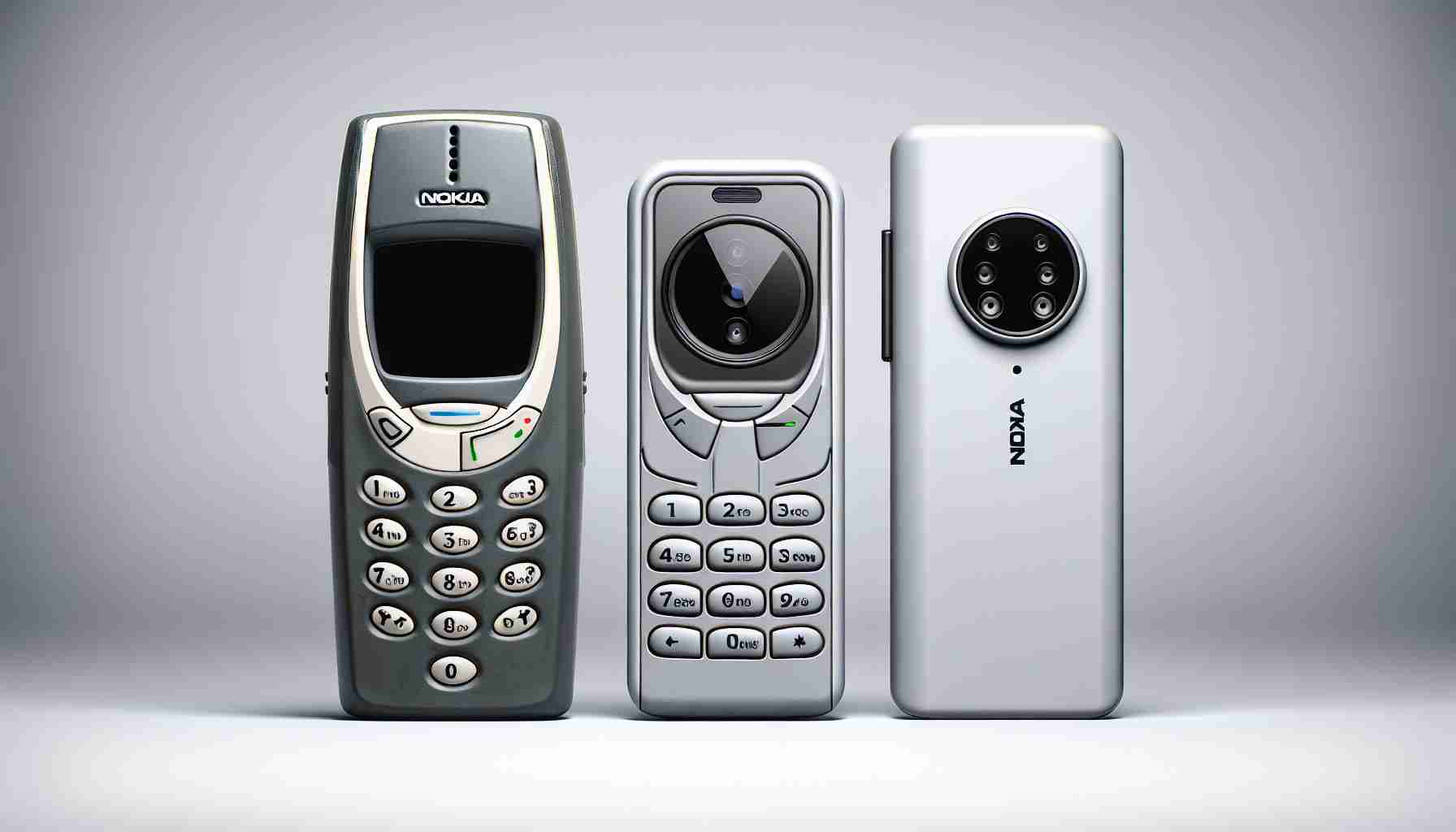Nokia’s legacy in the mobile industry is marked by a series of unique and sometimes avant-garde designs that often appeared ahead of their time. The brand’s willingness to explore novel concepts led to a range of memorable models, such as the XpressMusic and the iconic Communicator. However, in a contemporary world where photography and video recording dominate, an updated take on the classic Nokia N90, infused with modern design cues, could hold its own.
The transformative Nokia N90 was a pioneer 20 years ago, providing the capability to physically revamp its form for an enhanced content creation experience. Unlike standard flip phones, the N90 could swivel its top half, transforming the device into a make-shift camcorder long before the dawn of social media influencers and platforms like YouTube.
Drawing inspiration from the contemporary Nothing design language known for its transparent aesthetics, a fresh concept envisages the Nokia N90 x Nothing. This concept intersects three elements: intricate mechanical design, an ethos of discovery, and a minimalist aesthetic. This phone’s clear lines and visible inner workings are a nod to the engineering beneath, while its design philosophy strips away the clutter, adhering to the primitives of less is more.
Propelling this design into the realm of exploration, the revised N90 encourages users to stretch the bounds of their creativity, especially in photography. The freedom afforded by the rotating mechanism allows for previously challenging shots to be captured with ease.
High-tech features fuse with the design, dreaming up state-of-the-art components such as a camera mounted on the hinge for optimal function, replacing the traditional physical keypad with an E Ink display for versatility and energy savings, and incorporating a sensitive D-Pad for precision control. These futuristic touches may render the Nokia N90 x Nothing aspirational, but its design has the potential to ignite curiosity among modern content creators and enthusiasts of innovative technology.
Important Questions:
1. What are the challenges in modernizing a vintage phone design like the Nokia N90?
2. Could integrating old designs with new technologies meet consumers’ current needs and standards?
3. What are the potential advantages and disadvantages of the Nokia N90 x Nothing modern minimalist design approach?
Answers:
1. Modernizing a vintage phone design involves updating the hardware and software to meet current technological standards without losing the essence that made the classic design appealing. This requires balancing nostalgia with innovation and ensuring that functionality isn’t compromised for aesthetic purposes.
2. Integrating old designs with new technologies can be beneficial if it serves current market demands. For example, there’s a trend towards unique and distinctive designs that stand out from the homogeneity of current smartphones. If executed well, such a product could tap into the market of users looking for both nostalgia and modern capabilities.
3. The potential advantages of this approach include tapping into the nostalgia market, creating a unique product that stands out, and potentially offering a new style of user interface that could enhance the user experience. Disadvantages might include a niche market appeal, higher costs of production due to the unique design, and the risk of prioritizing form over function.
Key Challenges and Controversies:
– Balancing Modern Needs with Vintage Design: Ensuring that the phone’s functionalities align with contemporary expectations, such as internet connectivity, app compatibility, camera quality, and overall performance.
– Marketability: Determining whether there’s a significant demand for retro-futuristic devices that could justify the investment in development and production.
– Usability: Modern consumers are accustomed to certain standards in interface design and usability. Any deviation from this could affect the device’s acceptance in the market.
Advantages:
– Differentiation: Such a design can make the phone stand out in a saturated market filled with similar-looking devices.
– Nostalgia Appeal: It can resonate with consumers who harbor fond memories of the original Nokia N90, potentially capturing a segment of the market that values retro designs.
– Innovation: It can push the boundaries of current design norms, encouraging other manufacturers to innovate.
Disadvantages:
– Functionality Risks: There’s a danger that the design could compromise on functionality, which is a primary concern for consumers.
– Costs: Development and manufacturing costs for niche market products can be high, and these costs may be passed on to the consumer.
– Market Risks: The market may not be as receptive to such a concept as anticipated, leading to low sales.
For further information on the broader context of this design concept, you might consider visiting the official Nokia website for insights into the company’s current design philosophy and product range: Nokia. For additional information on contemporary industrial design trends, you might visit design and technology news outlets for the latest innovations and discussions in the industry.
The source of the article is from the blog procarsrl.com.ar
